Fake Video Call Using AI: How to Spot the Fake Call?
Globally, advanced technologies are being used to execute various scams. To steal money and data from people, online thieves are employing new forms of fraud schemes such as fake video calls.
For the first time, a case of fraud involving fake video calls facilitated by artificial intelligence has been recorded in Kerala. A Kozhikode resident became the victim of Rs. 40,000 after mistaking himself for a friend during a fake video call on WhatsApp.
The fraud was carried out by pretending to be a friend from Andhra Pradesh.
We typically do not hesitate to assist a friend who immediately video calls and requests a favour. The same thing happened to the Kozhikode native as well.
The scammer stated in his video call that he needed money for surgery for a relative and asked if he could assist. Without a doubt, he was transferring money through Google Pay based on the voice and video on the other end, similar to his friend.
After the event of this fake Whatsapp video call was reported in Kerala, the police urged that similar phone calls be avoided.
Fraudsters are continuously looking for new ways to deceive and trap individuals to steal money.
The purpose is to obtain money from someone else in any way possible by cheating them.
This fake call is another type of online fraud, which is similar to creating false social media profiles and contacting individuals for money.
Is a Fake Video Call Possible?
You must inquire as to what is not possible, and it is cleared in the above-mentioned incident.
Artificial intelligence algorithms are currently available for creating deepfake videos. There are tools and software available that allow you to generate realistic-looking fake videos without any technical skills.
It is possible to use such programs to convert the face of a person taken by the computer camera into another person’s face in real-time.
Using streaming software, the output screen of this program may also be turned into the camera view of video calling apps. New fraudulent programs use this sort of technique.
The sound can likewise be altered in this manner. Deepfake is created by gathering all of a person’s publicly available photographs and videos on social media.
The program may be used to realistically animate and dubb with that person’s sound on these visuals.
A false video call might also take advantage of AI-powered video deepfake technology to replace the faces and sounds on the screen.
What Is a Deepfake?
Deepfaking is the technique of modifying and editing a compelling image or video to portray someone as doing or saying something that they did not do or say in an actual scenario.
Deepfakes employ artificial intelligence to substitute the likeness of one person in video or audio. Deepfakes, it is feared, may be exploited to make fake news and misleading videos.
Deepfakes may be identified to some extent by performing a reverse image search or examining who posted them.
As previously explained, a deepfake video uses AI technology to generate a compelling capture using someone else’s image. As this technology is evolving, it is getting increasingly difficult to distinguish between a genuine video and an AI-generated video.
Deepfake video calls, on the other hand, are altered or synthesized video conversations that employ artificial intelligence (AI) techniques to superimpose one person’s face onto another person’s body in real time. This technique may be used to produce realistic-looking video calls in which someone seems to say or do things they did not say or do.
So, without question, AI is having a significant impact on deepfakes and fake video calls. Deepfakes used to need massive computing power, but developments in deepfake technology and artificial intelligence processing have simplified the process.
Furthermore, AI speech generators are freely available and, given enough source material, may be trained to sound deceptively similar—enough to pose a security risk.
Making a fake video is now as easy as altering text in a Word document. To put it another way, you can take any video and have it say whatever you want.
You may quickly add new clips or elements, delete old ones, or re-edit a final video in any way, similar to simple word processing.
How to Spot a Fake Video Call and Not Be Scammed?
Can you detect a fake video call?
Of course. We can do it to a certain extent. But mainly, this spotting depends on the quality of the fraudulent video.
Deepfake advancement of technology is a perfect example. Because the quality of visuals produced by the latest deepfake technology is considerably higher than it was previously, this is even before taking into account the deepfake and AI technology that powerful organizations or governments would have access to.
Regardless, safeguarding oneself from deepfakes is critical. But in most cases, you can recognize a fake video call because of the contact information in that call.
Because the contact information is displayed throughout the interaction, it is quite difficult to make an entirely false video call using WhatsApp Desktop.
Other video calling programs that are linked to a phone number, such as establishing a bogus video call with FaceTime, have similar features.
Of course, there are ways to overcome these issues—fake accounts, fake phone numbers, bogus identities, photographs, and so on.
In general, fraud people can go to any length to produce a fake video call to deceive you. So you should be aware when you receive an unfamiliar video call or voice call on your phone.
Different Ways to Spot a Fake Call or Deepfake Video Call
It’s worth noting that deepfake technology is always changing, and skilled deepfakes can be difficult to identify.
As a general rule, it’s best to proceed with care and carefully examine the call details, including video and audio, before concluding.
In brief, there are several clear indications of a fake video call as of now:
a) Contact Information:
Take caution while accepting video calls from even familiar people using unknown numbers and IDs. If you have any doubts, call them at their direct phone number.
b) Video Quality:
Deep-faked video footage in real-time by software is often of low quality and resolution in most cases. Take note of the watermarks, the person’s background, and the way they talk in the video.
c) Sound Quality:
Deepfake creators often prioritize visuals over audio, so you may detect a change in sound or speaking style.
Poor lip synchronization, robotic noises, unusual word pronunciation, digital background noise, and even missing audio should all be noted.
It is critical to be aware of these indicators since they might reveal the presence of a deepfake.
Furthermore, deepfake makers frequently use existing visuals or recordings of the target individual to achieve realistic pictures, but the audio may be less convincingly forged.
d) Video Sizing:
The video size of video calls made using the original app’s camera will be correct. Pay attention if the video dimensions appear unusual when conducting a full-screen video call, for example.
Whoever is posing as a video caller will adjust a video to fit the camera window or program they’re using.
Resizing the video will affect its dimensions, making it appear distorted. Furthermore, if someone uses a face-swapping program with video capabilities, the faces are quite unlikely to match perfectly.
e) Examine Facial Movements :
Unnatural eye movements or a lack of eye movement, especially if there is no blinking, is a typical warning indication.
It is tough to mimic blinking naturally. Recreating eye movements effectively is particularly difficult because a person’s eyes naturally follow the person with whom they are conversing.
A deepfake is quite likely if a person’s face does not exhibit the right emotion that corresponds with what they are saying. Face morphing and picture mixing are further indicators that a video is a deepfake.
f) Demanding Money:
Be cautious when requesting money through video calls from an unfamiliar number. To determine whether to transfer the money or not, contact the caller’s actual phone number and confirm.
Artificial intelligence-based fraud is on the rise in the country, according to reports. A fake video call is one example.
Many people have recently fallen prey to social media job fraud. The authorities have previously cautioned people to be wary of fake calls and other such frauds.
Conclusion
We know that all technology can be used for good or bad things. Artificial intelligence is now influencing a wide range of economic areas as well as people’s daily lives.
Deepfake is yet another outstanding artificial intelligence product. However, it should not be viewed from a single angle. Deepfake is very successful in the fields of medicine and health.
It should not be associated solely with the false video creations of politicians, celebrities, or common people. The application of a deep fake, like any other, is crucial.
As a consequence, deepfake technology that integrates the helpful attributes of artificial intelligence into our lives rather than fake stuff is undeniably advantageous.
Keep in mind that no security measure is perfect, and the technology underlying deep fakes is always transforming. When dealing with video calls and other digital data, it’s important to be cautious and use a mix of preventative measures and critical analysis.
If you receive a bogus call alleging online financial fraud, the Kerala police have encouraged you to report it to Kerala Cyber Helpline number 1930. This service is accessible 24 hours a day, seven days a week.
Similarly, this sort of service is accessible in all states, and you should immediately report any instances of false call spam or any other type of cybercrime to the appropriate police department.
We hope you are interested in our articles and consider following our Facebook, Instagram, and Twitter pages for regular updates.
Subscribe to our free newsletter to get similar articles and regular updates directly in your Email Inbox.
Also, share this article with your friends and relatives. Bookmark this page for future reference.

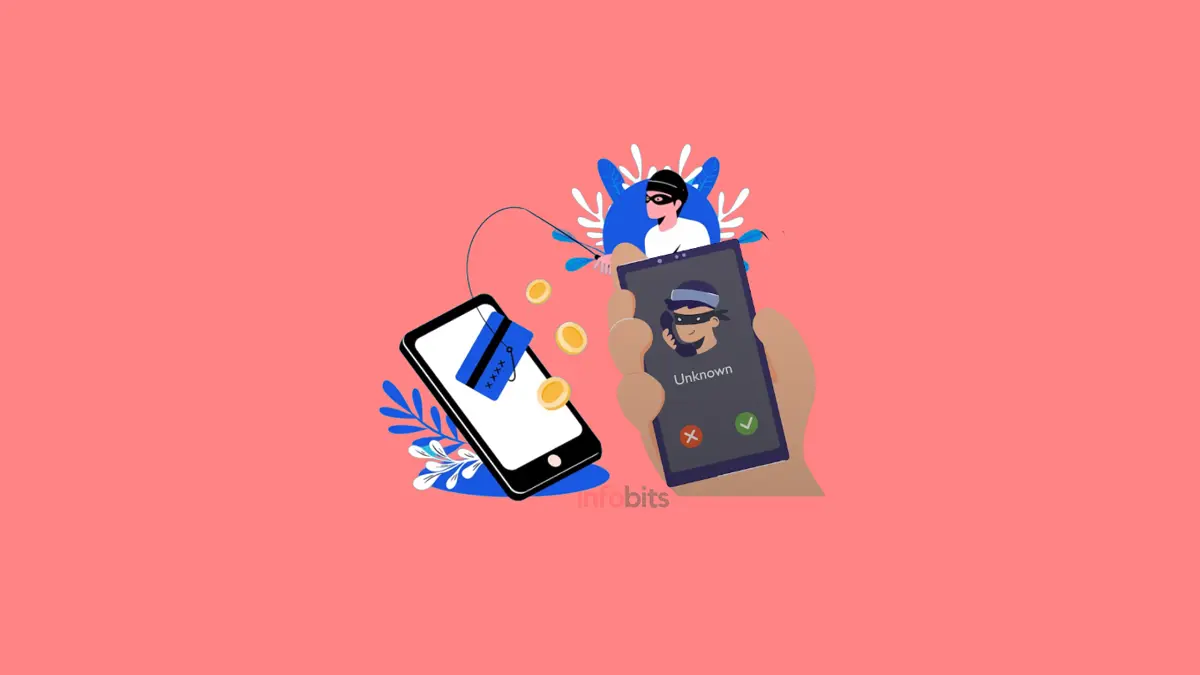

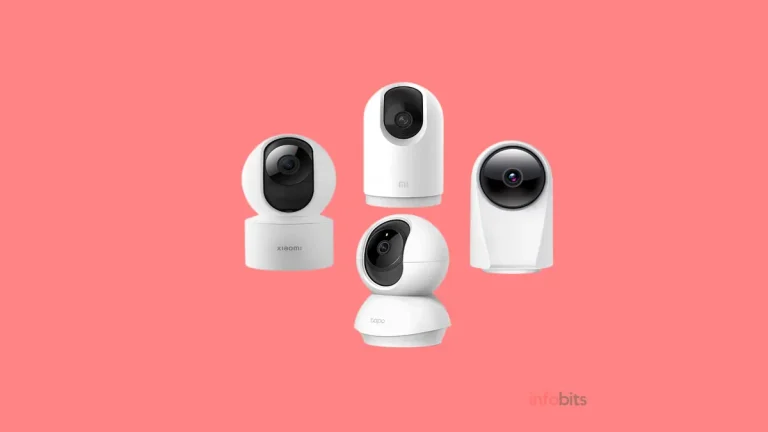
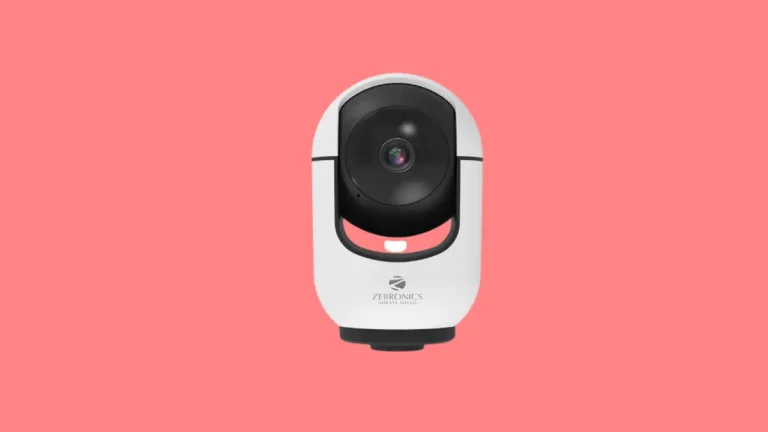
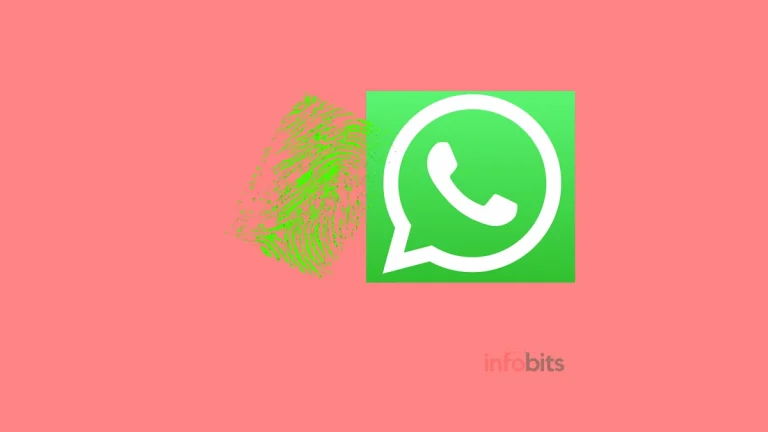
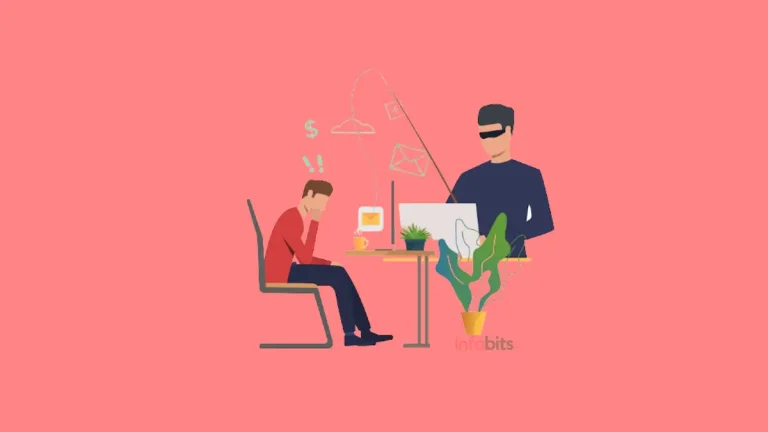
I never realized there were so many video chat apps available. Your post opened my eyes to new possibilities. Do you have any insights on how these apps prioritize user privacy?
Of course, that is a valid and significant question, even if it is not linked directly to the topic of our post. As applications for video calling continue to expand and acquire relevance in our lives, it is becoming increasingly important to prioritize user privacy. Personal information security, conversation security, and effective privacy safeguards should be top objectives for app developers. We will definitely explore the matter in a separate article very soon.